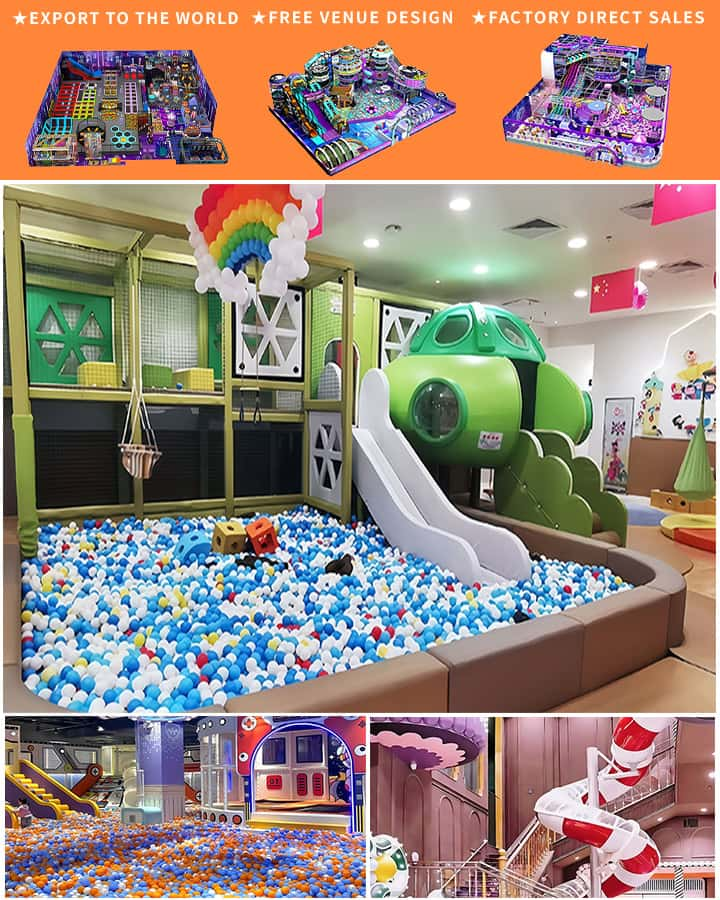In an era where early childhood education is increasingly recognized as a cornerstone for lifelong learning and development, the importance of safe and engaging playground equipment cannot be overstated. Preschool playgrounds serve as vital spaces for physical activity, social interaction, and cognitive development among young children. However, acquiring quality playground equipment can be financially challenging for many preschools. This is where preschool playground equipment grants come into play, offering a lifeline to facilities in need of upgrading or establishing their outdoor play areas. In this comprehensive guide, we will delve into the intricacies of securing these grants, from identifying potential sources to crafting compelling applications that stand out.
Understanding the Value of Playground Equipment Grants
Before embarking on the grant application journey, it’s crucial to understand why these grants are not merely financial assistance but investments in a child’s holistic growth. Research consistently underscores the significance of outdoor play in fostering motor skills, creativity, cooperation, and emotional resilience. Well-designed playgrounds equipped with age-appropriate materials can stimulate imagination, encourage exploration, and provide a platform for children to learn through play. By obtaining playground equipment grants, preschools can ensure they offer an environment that supports and enriches every aspect of a child’s early development.
Identifying Potential Grant Sources
The first step in securing a grant is to identify potential funding opportunities. Various organizations, both public and private, offer grants specifically tailored to early childhood education settings. Some key sources include:
Government Agencies: Federal, state, and local governments often have programs dedicated to improving early childhood education infrastructure. The U.S. Department of Education, for instance, administers several grants aimed at enhancing learning environments for young children. Additionally, state departments of education may have their own grant initiatives targeting playground improvements.
Nonprofit Organizations: Numerous national and regional nonprofits focus on promoting healthy childhood development and may provide grants for playground equipment. Examples include the KaBOOM! organization, which partners with communities to build playgrounds, and The National Program for Playground Safety at the National Recreation and Park Association.
Corporate Foundations: Many corporations recognize the value of investing in early childhood education and offer grants through their foundations. These corporate grants might target specific geographic areas, types of projects, or populations in need.

- Community Foundations: Local community foundations often support projects that benefit the immediate community, including preschool playground enhancements. They can be a valuable resource for smaller, localized projects.
Crafting a Compelling Grant Application
Once potential grant sources are identified, the next phase involves preparing a persuasive application. Here are key elements to consider:
Clear Needs Assessment: Start by conducting a thorough assessment of your current playground setup and identifying areas that require improvement. Highlight specific gaps, such as outdated equipment, safety hazards, or the lack of inclusive features for children with disabilities. A clear needs assessment demonstrates to funders that you’ve carefully considered how their support will make a tangible difference.
Alignment with Funder Priorities: Each grantmaker has its unique mission and priorities. Tailor your application to align with these priorities. If a funder emphasizes sustainability, discuss plans for using eco-friendly materials. If they focus on underserved communities, emphasize how your project benefits disadvantaged children.
Budget Planning: Provide a detailed budget that outlines all anticipated costs associated with the playground upgrade, including equipment purchase, installation, surfacing, safety inspections, and maintenance. Be transparent about how the grant funds will be allocated and any additional fundraising efforts you plan to undertake.
Impact Statement: Articulate the long-term impact of the improved playground on children’s development and the broader community. Quantify benefits whenever possible, such as increased participation in physical activity or enhanced social skills, and explain how these positive outcomes contribute to a stronger educational foundation and healthier future generations.
Engaging Storytelling: Grant applications are not just about numbers; they’re also about telling a compelling story. Share testimonials from parents, teachers, and children about the importance of a quality playground in their lives. Include photographs or videos (if allowed) showcasing your current playground and envisioning the transformation.
Navigating the Application Process
Applying for grants can be a meticulous process with strict deadlines, documentation requirements, and guidelines to follow. Here are some tips to navigate this process successfully:
Start Early: Begin researching and preparing your application well in advance of deadlines. This allows time for thorough planning, gathering necessary documents, and seeking feedback from colleagues or mentors.
Read Guidelines Carefully: Grant guidelines specify eligibility criteria, application formats, and required documentation. Ensure you understand and adhere to these instructions meticulously to avoid disqualification.
Collaborate: Engage stakeholders within your school or organization, such as administrators, teachers, parents, and even older students, in the application process. Their input can enrich your proposal and demonstrate community support.
Seek Professional Assistance: Consider consulting with grant writing professionals or organizations specializing in early childhood education funding. They can provide invaluable guidance on crafting a competitive application and navigating complex application portals.
Follow Up: After submitting your application, maintain open communication with the grantmaker if possible. Express gratitude for considering your proposal and inquire politely about the review process timeline. Following up shows professionalism and genuine interest in the outcome.
Conclusion
Securing preschool playground equipment grants requires a strategic approach that combines understanding the importance of playgrounds in early childhood development, identifying appropriate funding sources, crafting a compelling application, and navigating the application process effectively. While the journey may seem daunting, the rewards—a safer, more engaging, and enriching play environment for young learners—are invaluable. By leveraging these grants, preschools can invest in their children’s futures, nurturing happy, healthy, and curious minds ready to explore the world around them.




